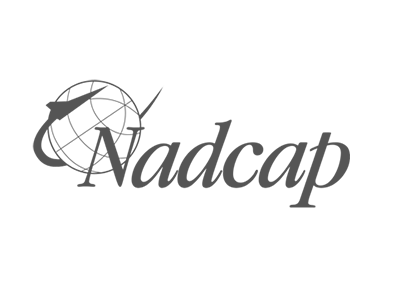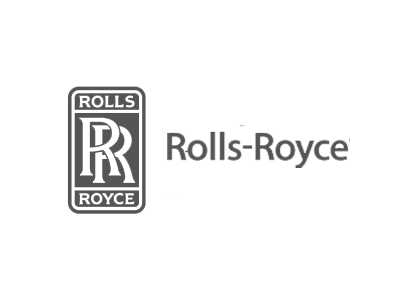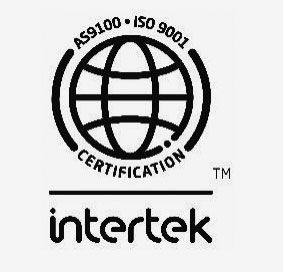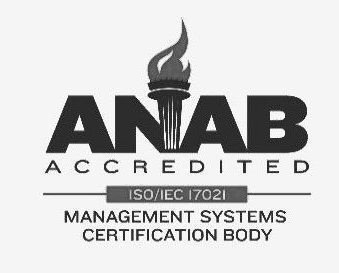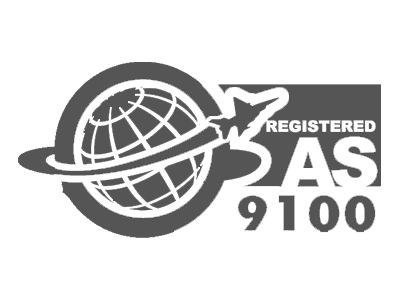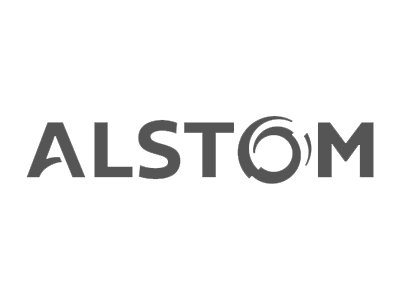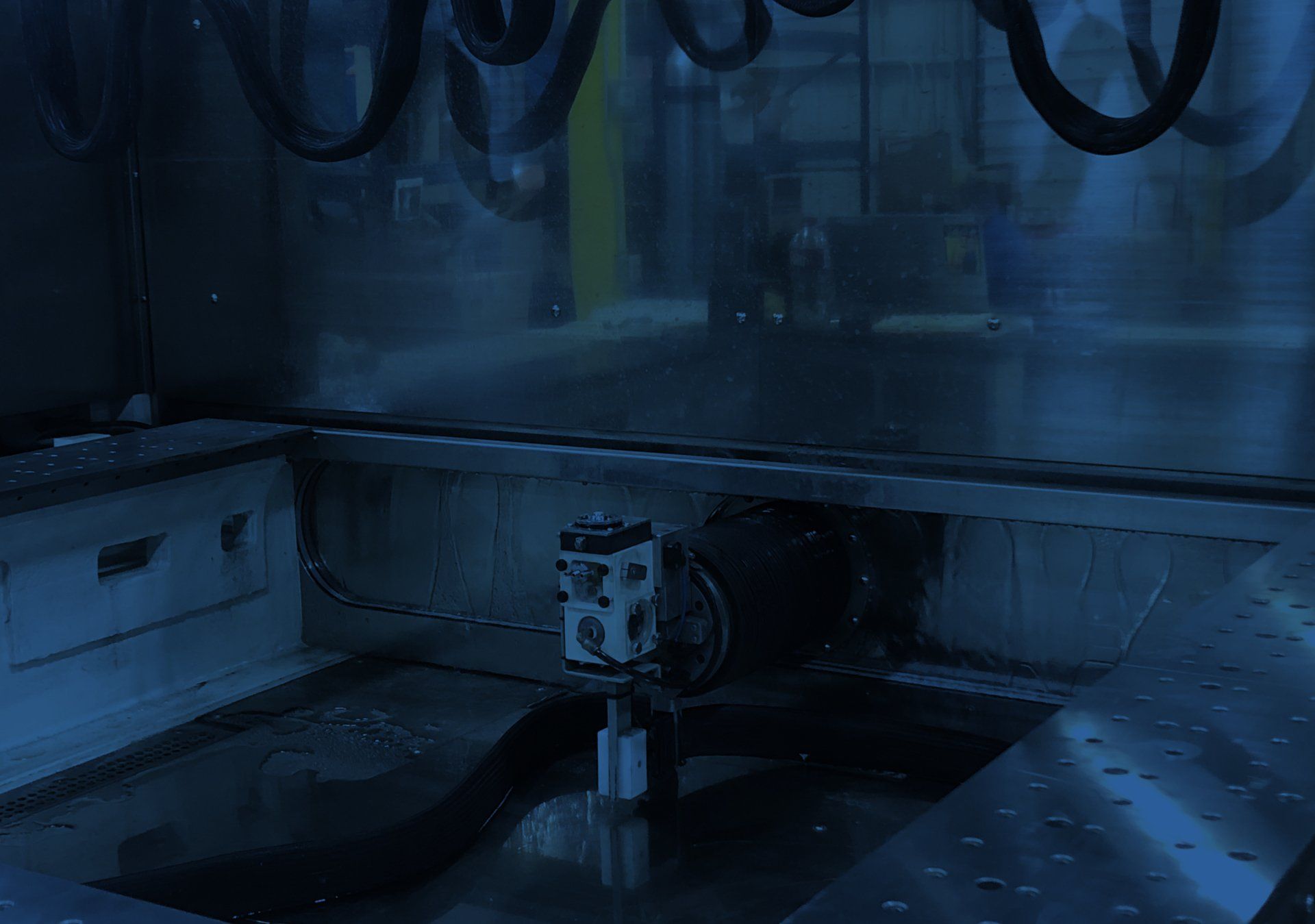The Value of Waterjet Cutting
CERTIFICATIONS
View All Certifications
Benefits of Water Jet Cutting
Waterjet Cutting creates superior edge quality
- Typical finishes 125-250 microns – Q1 through Q5
- Dependent upon materials and thickness
- Reduced need for secondary finishing
- No cutter-induced distortion
- Low cutting forces on workpiece
- Limited tooling requirements
- Little to no cutting burr
- Small kerf size (.020″-.045″) reduces material scrap
Waterjet Cutting preserves metallurgical integrity
- No heat-affected zone
- Localizes structural changes
- No cutter-induced metal contamination
- Eliminates thermal distortion
Waterjet Cutting can perform composite cutting – nonmetallic
- Minimal delimitation of edge cut surfaces
- No fraying of edge cut surfaces
- No thermally induced cracking
- No splintering
Waterjet Cutting creates smooth cuts
- No slag or cutting dross
Waterjet Cutting is omni-directional
- Precise multiplane cutting of contours, shapes, and bevels of any angle
Limitations of Waterjet Cutting
- Cannot drill flat bottom, “non-through” holes
- Cannot cut materials that degrade quickly with moisture
- Surface finish degrades at higher cut speeds, which are frequently used for rough cutting


